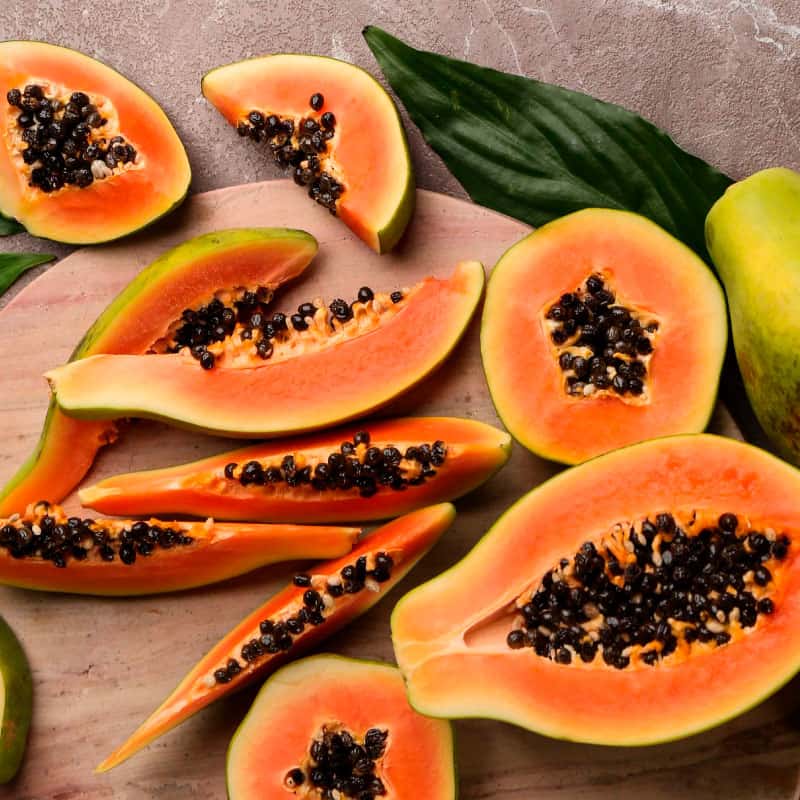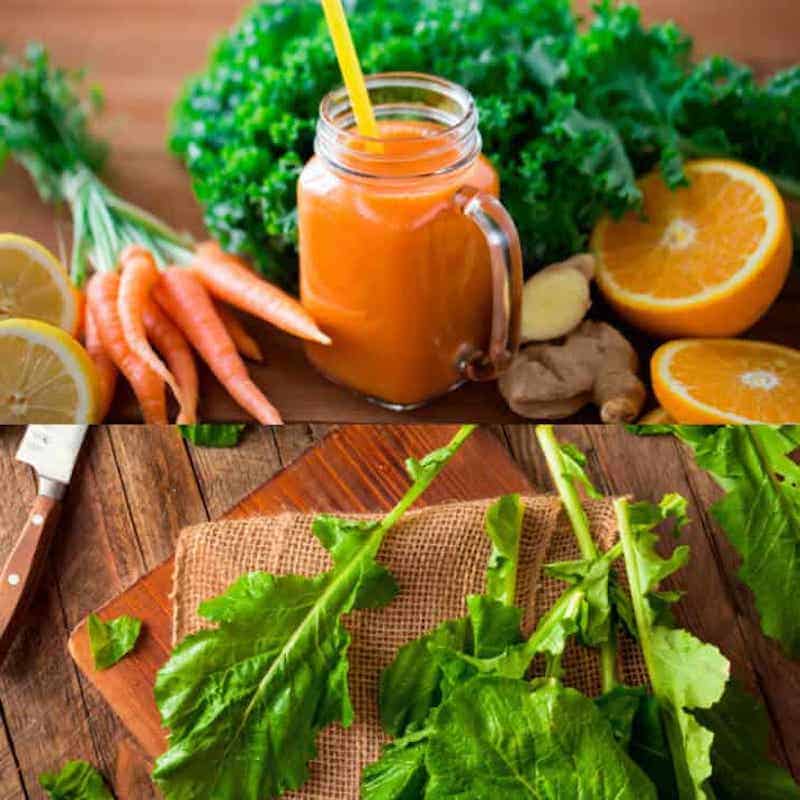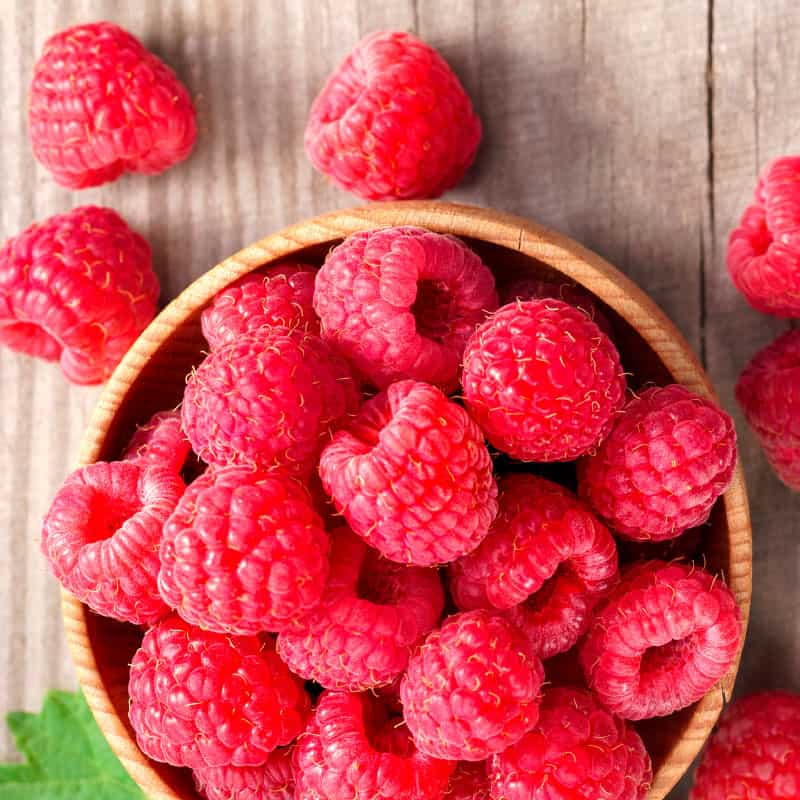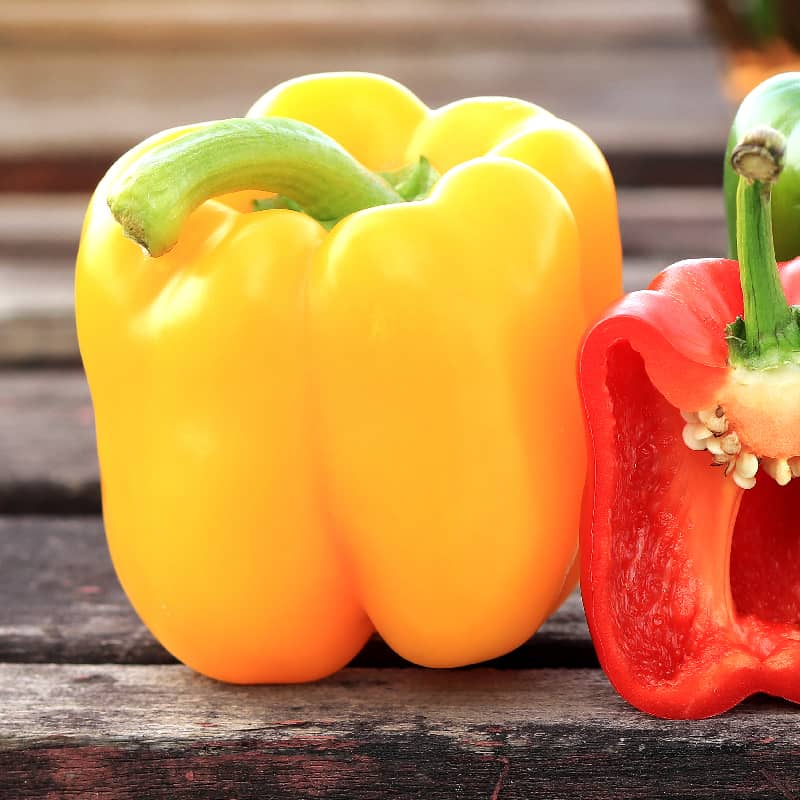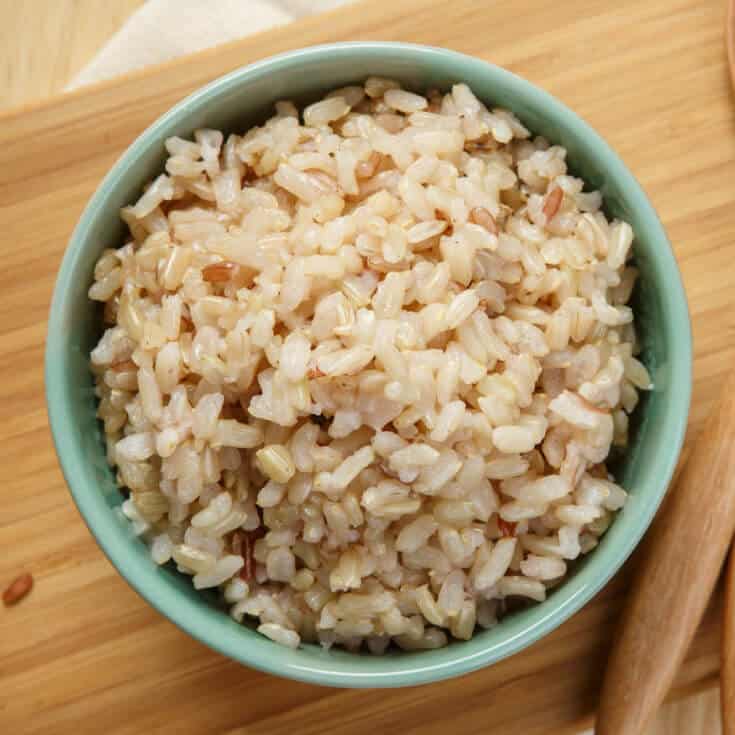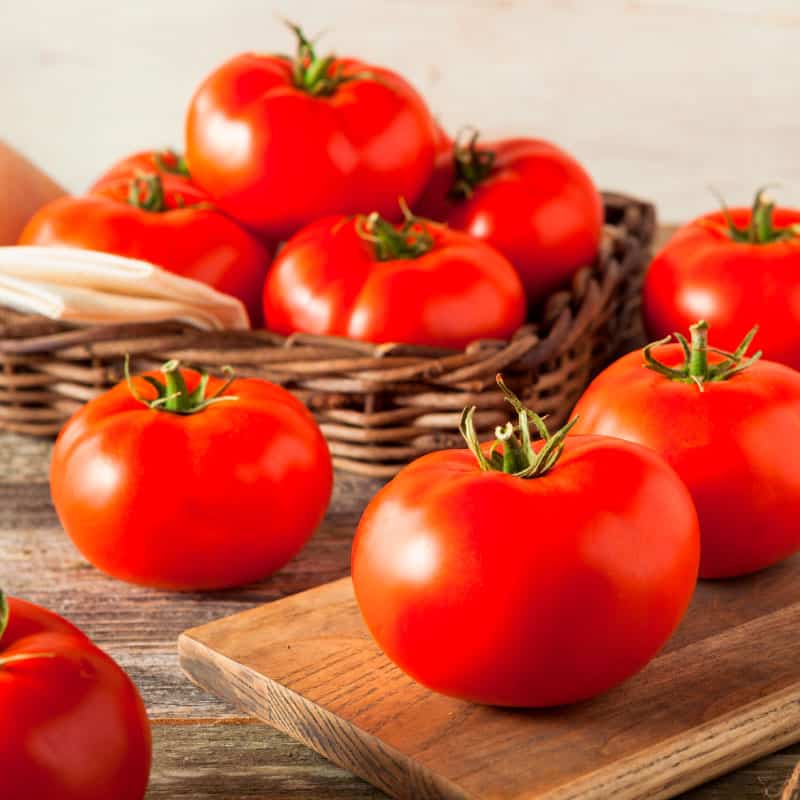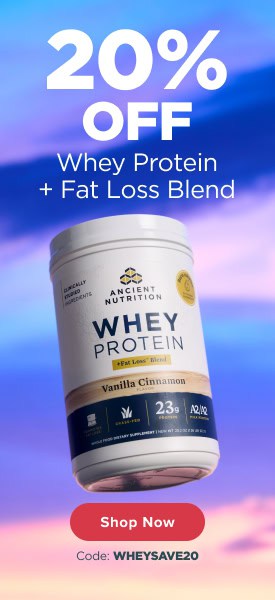This Dr. Axe content is medically reviewed or fact checked to ensure factually accurate information.
With strict editorial sourcing guidelines, we only link to academic research institutions, reputable media sites and, when research is available, medically peer-reviewed studies. Note that the numbers in parentheses (1, 2, etc.) are clickable links to these studies.
The information in our articles is NOT intended to replace a one-on-one relationship with a qualified health care professional and is not intended as medical advice.
This article is based on scientific evidence, written by experts and fact checked by our trained editorial staff. Note that the numbers in parentheses (1, 2, etc.) are clickable links to medically peer-reviewed studies.
Our team includes licensed nutritionists and dietitians, certified health education specialists, as well as certified strength and conditioning specialists, personal trainers and corrective exercise specialists. Our team aims to be not only thorough with its research, but also objective and unbiased.
The information in our articles is NOT intended to replace a one-on-one relationship with a qualified health care professional and is not intended as medical advice.
6-Step Checklist to Avoid the Worst Ingredients in Food
March 5, 2025

Exercise and keeping an eye on daily calorie intake go a long way in keeping you healthy, but to truly protect your well-being, you need to start actively avoiding the worst ingredients hiding out in the food system. You must be aware of the dangerous additives and enhancers manufacturers pump into food to keep us hooked and addicted to their products.
Flavor enhancers, preservatives, sweeteners, synthetic colors, and manmade fats and chemicals commonly hide out in the ultra-processed foods we eat. If you want to stay away from putting harmful chemicals on your table, it’s necessary to learn how to identify the worst ingredients and find healthier alternatives.
Let’s take a look at how to get started.
Worst ingredients in food
Here are 30 of the worst ingredients in food you should avoid:
- High-fructose corn syrup (HFCS)
- Artificial sweeteners (aspartame, sucralose, saccharin, acesulfame K)
- Trans fats (partially hydrogenated oils)
- Monosodium glutamate (MSG)
- Artificial food dyes (red 40, yellow 5, blue 1, etc.)
- Sodium nitrate/sodium nitrite
- Butylated hydroxyanisole (BHA) and butylated hydroxytoluene (BHT)
- Potassium bromate
- Brominated vegetable oil (BVO)
- Propylparaben
- Propylene glycol
- Sodium benzoate and benzoic acid
- Carrageenan
- Polysorbate 80
- Refined vegetable oils (soybean, canola, corn, cottonseed oil)
- Artificial flavors
- Sulfites (sulfur dioxide, sodium sulfite, potassium bisulfite)
- Dipotassium phosphate
- Titanium dioxide
- Agave syrup
- Azodicarbonamide
- Propyl gallate
- Methylene chloride
- Trichloroethylene
- Ethylene dichloride
- Phthalates
- Perfluoroalkyl chemicals (PFAS/PFCs)
- Perchlorate
- Sugar alcohols (sorbitol, xylitol, maltitol, erythritol, etc.)
- Tertiary butylhydroquinone (tBHQ)
How to avoid the worst ingredients in food
1. ID (and avoid) seriously dangerous additives
It’s not easy to remember all of the worst ingredients to steer clear of, but learning to avoid the most toxic ones commonly found in the food supply can drastically improve your health. A common food additive is monosodium glutamate (MSG) that is very dangerous and affects the human body in a variety of ways.
Headache, nausea, vomiting, pain in the back of the neck, numbness and heart palpitations are common side effects of consuming MSG.
Monosodium glutamate is an excitotoxin that overexcites the cells in your body to the extent where they are so heavily damaged that they die. MSG also leads to a range of neurological diseases on prolonged exposure.
It’s not easy to find processed foods that are completely free of MSG. Other food ingredients often mask the presence of MSG, including:
- autolyzed yeast
- hydrolyzed protein
- hydrolyzed vegetable protein
- sodium caseinate
- yeast nutrient or yeast extract
- Torula yeast
- natural flavoring
- glutamic acid
Soy sauce, seasonings, powdered milk, stock, malt, maltodextrin, pectin and many protein-named ingredients often contain MSG.
2. Avoid the toxic heart attack ingredient
Trans fats are very harmful. These artificial trans fatty acids lower the level of good cholesterol (HDL) and increase the level of bad cholesterol (LDL) in your body.
Primarily used in processed foods, trans fats are formed when food manufacturers add hydrogen to liquid oil to solidify it. (They do this to increase shelf life.)
Unfortunately, trans fats have been blamed for up to 50,000 premature heart attack deaths a year.
In the hydrogenation process, oil is heated to an extremely high temperature of about 500 to 1,000 degrees Celsius. Hydrogenated oil is a fabulous preservative because all the natural enzymes are destroyed by the high heat, rendering the end product as an unhealthy sludge.
If you see terms like hydrogenated oil, partially hydrogenated oil or fractionated oil on food labels, do not buy the products.
3. Steer clear of metabolism-sinking sweeteners
Artificial sweeteners may seem like a good choice if you’re watching your calories, but science has shown us they’re really some of the worst ingredients in food when it comes to your metabolic health. High-fructose corn syrup (HFCS) is a sweetener that can lead to weight gain, heart complications and obesity.
Some artificial sweeteners can result in headaches and mood swings as well.
Aspartame, saccharin and sucralose are widely used artificial sweeteners and can exert a bigger load on your metabolic system than plain old sugar. They also trick your brain into feeling less full, prompting you to eat more, which in turn can lead to weight gain.
So monitor your intake of artificial sweeteners to stay fit.
4. Beware of these 3-letter cancer causers
Butylated hydroxyanisole (BHA) and butylated hydroxytoluene (BHT) are processed food preservatives that have been found to have carcinogenic properties by the International Agency for Research on Cancer. BHA has been declared safe by the U.S. Food and Drug Administration, but it is termed “reasonably anticipated to be a human carcinogen” by the U.S. Department of Health and Human Services.
BHA has been shown to act as an endocrine disruptor, interfering with healthy hormone production, too. BHA and BHT preservatives are commonly found in cereals, potato chips, chewing gum and cereal snack mixes.
(Read your cosmetics labels, too. They often hide out in personal care products.)
5. Don’t assume soy is safer
Is soy bad for you? In the majority of cases, particularly as it pertains to soy as an ingredient in processed foods, it is unhealthy.
While many of us think of soy and soy products as healthy and protein-rich, this is not always true. (Though less processed soy can be beneficial.)
A majority of soy used in processed food products is genetically engineered. That means the crop has been tinkered with on a genetic level to receive applications of glyphosate, the main ingredient in Roundup weedkiller, without killing the plant.
This has led to “excessive” levels of glyphosate turning up in the food we eat.
In 2015, the World Health Organization declared glyphosate “probably carcinogen to humans.” That makes conventional soy one of the worst ingredients in food.
Consuming GMO ingredients in considerable quantities over a long period of time is suspected to potentially lead to infertility, gluten disorders, allergies and even cancer. Though the jury is still out on this controversial topic, with several studies showing that GMO ingredients are safe, I suggest practicing the precautionary principle, meaning it’s always best to consume processed foods that rely the least on GMO ingredients, staying as natural as possible.
6. Tap modern technology while grocery shopping
Food testing kits are now available to help customers test the food they eat for a range of toxins, including mycotoxins, histamine and phycotoxins. Dipsticks are also helpful in testing foods for toxins and other harmful ingredients.
You can also make use of apps that help you know how pesticide-laden the food you buy is. Some apps link pesticide residue data with toxicology for each chemical. Barcode scanner apps like Environmental Working Group’s Food Scores help you track the nutritional value of processed food products you buy.
Safe, untainted food is a basic human requirement. It keeps you healthy, glowing and fit. But most importantly, it also helps protect you from diseases and serious health problems.
Cooking from scratch and sticking to whole and unprocessed foods as much as possible is the best way to avoid harmful food additives.
Since this is not always possible, the next best thing to do is to stay educated, read food labels carefully and shop wisely. This will ensure that you prevent dangerous toxins and the worst ingredients in food from winding up on your dining table.

Pratima Makanji is the founder of AIHT Education (American Institute of Healthcare & Technology), a U.S.-based healthcare training and educational institute. She started AIHT with the aim of providing the best education opportunities in the rapidly growing field of allied health.




